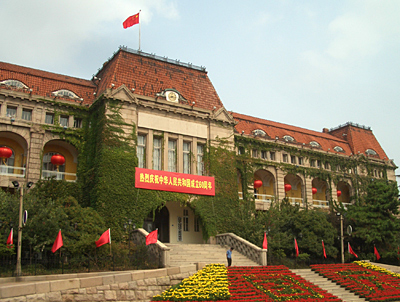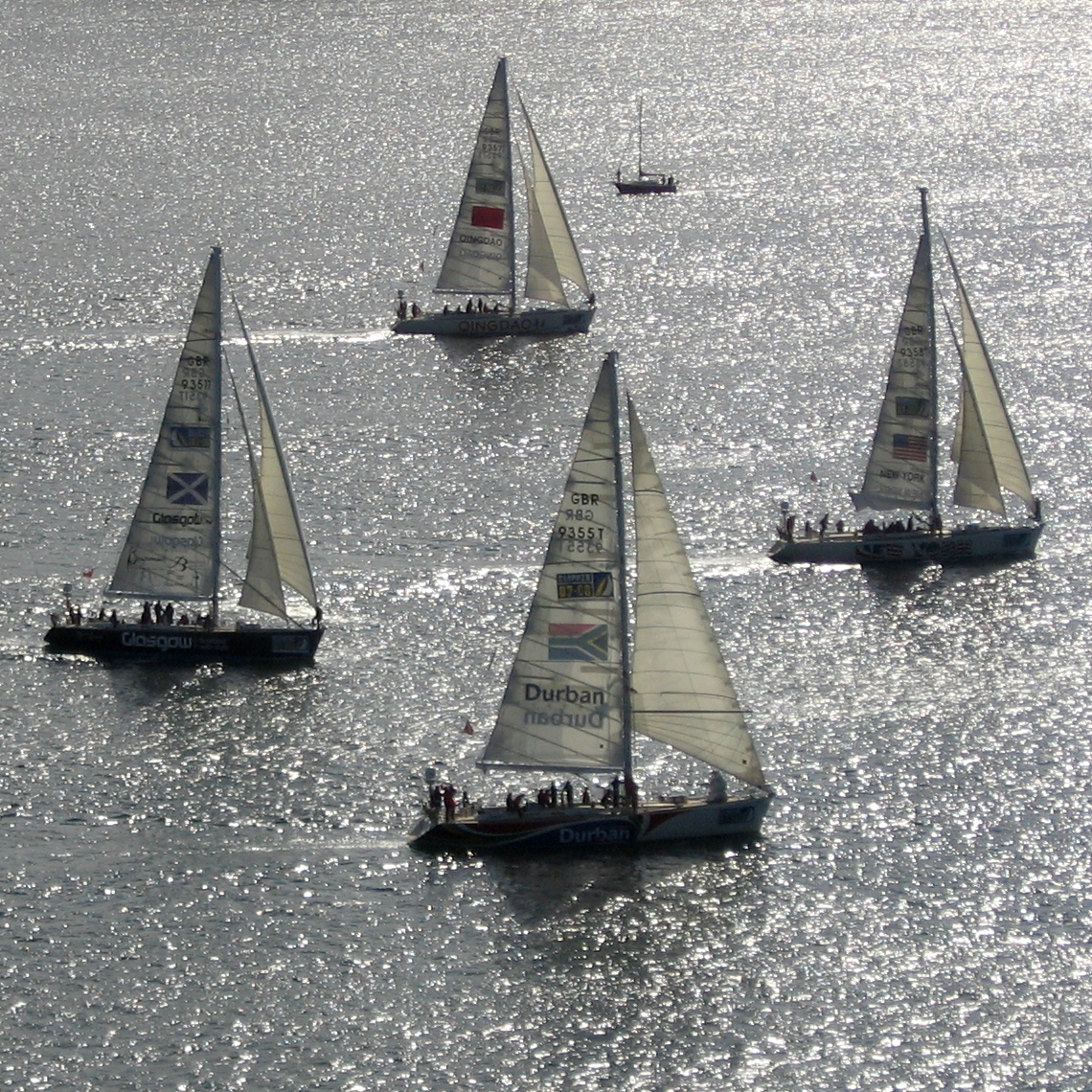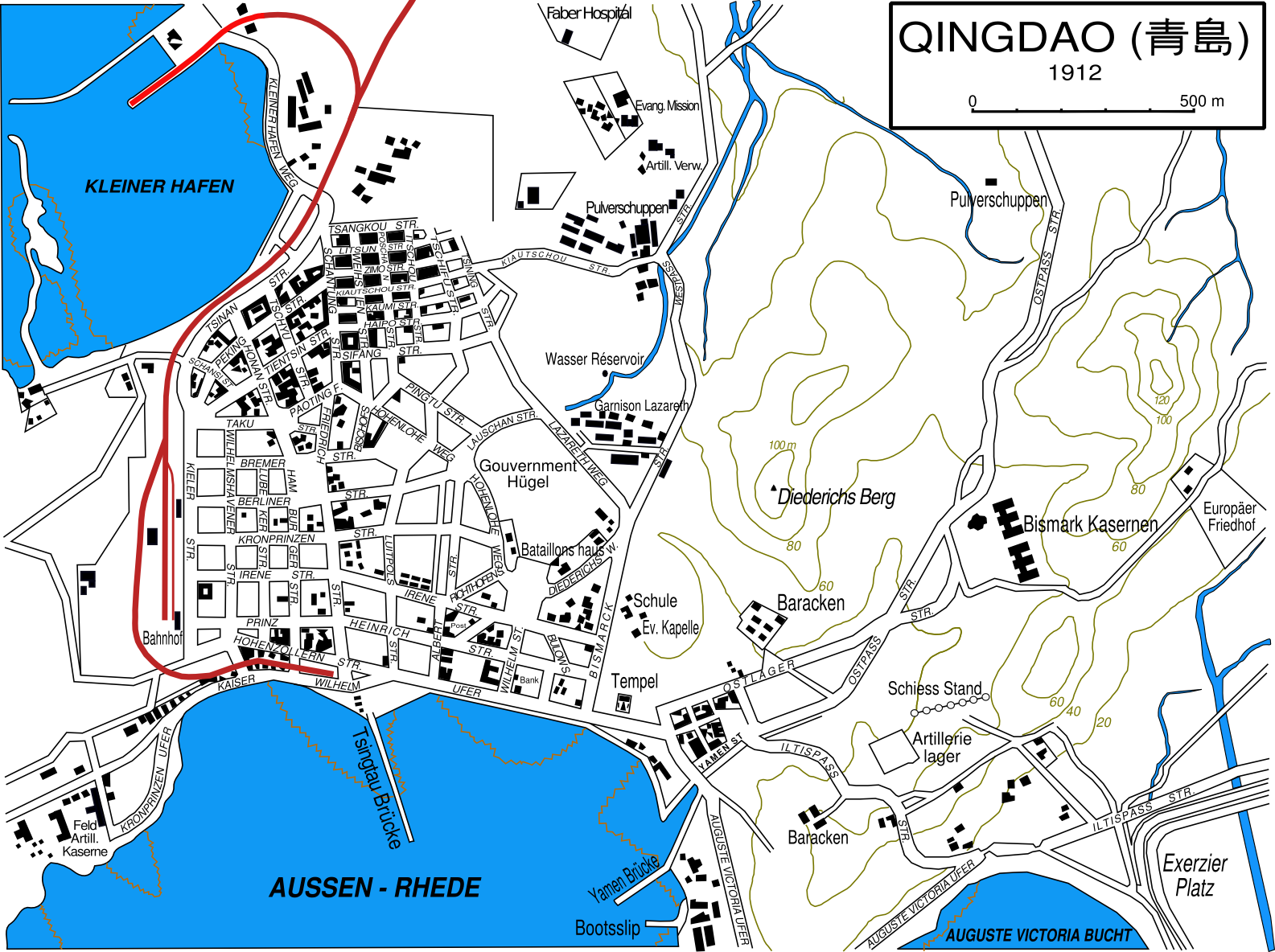|
Shinan District
Shinan District () is an urban District (PRC)#Ethnic districts, district of Qingdao, Shandong. It has an area of , and had approximately 588,800 inhabitants as of 2019. Shinan is located in coastal hilled terrain, and has a temperate monsoon climate. Common features include moderate temperatures, moist air, abundant rainfall, and four distinct seasons. It is notable for its early 20th-century German architecture, unusual in Chinese cities. In the mid-19th century the European powers forcibly opened China to foreign trade. Germany acquired the Kiautschou Bay concession from China in 1898, and substantially developed a fishing village they spelled "Tsingtao" (). The area built by the Germans falls into the part of Qingdao known today as Shinan District. Shinan is a center for political, business and finance activities, and is home to investment from an increasing number of Fortune 500 companies. To facilitate urban planning, it is divided into a number of areas, including a port an ... [...More Info...] [...Related Items...] OR: [Wikipedia] [Google] [Baidu] |
District (China)
The term ''district'', in the context of China, is used to refer to several unrelated political divisions in both ancient and modern China. In the modern context, district ( zh, s=区, labels=no), formally city-governed district, city-controlled district, or municipal district ( zh, s=市辖区, links=no, labels=no), are subdivisions of a Direct-administered municipality, municipality or a prefecture-level city. The rank of a district derives from the rank of its city. Districts of a municipality are prefectures of China, prefecture-level; districts of a sub-provincial division, sub-provincial city are sub-prefecture-level; and districts of a prefecture-level city are counties of China, county-level. The term was also formerly used to refer to obsolete District (China)#County-controlled districts (obsolete), county-controlled districts (also known as district public office). However, if the word ''district'' is encountered in the context of ancient history of China, Chinese ... [...More Info...] [...Related Items...] OR: [Wikipedia] [Google] [Baidu] |
Clipper Round The World Yacht Race
The Clipper Round the World Yacht Race is a biennial sailing race that takes paying amateur crews on one or more legs of a circumnavigation of the globe in 11 specially designed identical yachts owned by Clipper Ventures. Professional skippers and additional qualified persons (AQPs) lead each teams on the 10-month journey. All participants must complete a four-week training course before starting the race. The race was conceived in 1995 by Sir Robin Knox-Johnston and is run by Clipper Ventures plc. The race has been held every two years since 1996, although in 2004 there was not a race and biennial racing resumed in 2005. In contrast to the now-defunct Global Challenge, the Clipper Race route follows the prevailing currents and winds and uses lighter, faster boats. The current fleet of 11 yachts are Clipper 70 yachts that were first used in the 2013–14 race. Previous race fleets were composed of eight Clipper 60s and ten Clipper 68s. Initial races did not feature corporate ... [...More Info...] [...Related Items...] OR: [Wikipedia] [Google] [Baidu] |
Jinan
Jinan is the capital of the province of Shandong in East China. With a population of 9.2 million, it is one of the largest cities in Shandong in terms of population. The area of present-day Jinan has played an important role in the history of the region from the earliest beginnings of civilization and has evolved into a major national administrative, economic, and transportation hub. The city has held Sub-provincial city, sub-provincial administrative status since 1994. Jinan is often called the "City of Springs" for its famous 72 Artesian aquifer, artesian springs. Jinan is one of the top 35 cities in the world for scientific research as tracked by the Nature Index according to the Nature Index 2023 Science Cities. The city is home to List of universities and colleges in Shandong, several major universities, including Shandong University, Shandong, Shandong Normal University, Shandong Normal, Shandong Jianzhu University, Shandong Jianzhu, University of Jinan, Qilu University o ... [...More Info...] [...Related Items...] OR: [Wikipedia] [Google] [Baidu] |
Juye Incident
The Juye Incident (, ) refers to the killing of two German Catholic missionaries, Richard Henle and Franz Xaver Nies, of the Society of the Divine Word, in Juye County Shandong Province, China in the night of 1–2 November 1897 (All Saints' Day to All Souls' Day). The target of the attack, Georg Maria Stenz, survived unharmed. Causes The attack resulted from anger at Stenz, who had likely serially raped Chinese women in Juye county, Shandong. Attack The mission compound where the incident took place was located in Zhang Jia Village (, spelled "Tshantyachuang" in writings by Georg M. Stenz), about 10 km northeast of the town of Juye and about 25 km northwest of the city of Jining. Georg M. Stenz was the priest stationed in Zhang Jia Village and the other two missionaries, Henle and Nies, had come to visit him. Stenz describes the events of the incident as follows: Before they went to bed shortly before midnight, the missionaries had practiced the Requiem M ... [...More Info...] [...Related Items...] OR: [Wikipedia] [Google] [Baidu] |
Qing Dynasty
The Qing dynasty ( ), officially the Great Qing, was a Manchu-led Dynasties of China, imperial dynasty of China and an early modern empire in East Asia. The last imperial dynasty in Chinese history, the Qing dynasty was preceded by the Ming dynasty and succeeded by the Republic of China (1912–1949), Republic of China. At its height of power, the empire stretched from the Sea of Japan in the east to the Pamir Mountains in the west, and from the Mongolian Plateau in the north to the South China Sea in the south. Originally emerging from the Later Jin (1616–1636), Later Jin dynasty founded in 1616 and proclaimed in Shenyang in 1636, the dynasty seized control of the Ming capital Beijing and North China in 1644, traditionally considered the start of the dynasty's rule. The dynasty lasted until the Xinhai Revolution of October 1911 led to the abdication of the last emperor in February 1912. The multi-ethnic Qing dynasty Legacy of the Qing dynasty, assembled the territoria ... [...More Info...] [...Related Items...] OR: [Wikipedia] [Google] [Baidu] |
Jiaozhou Bay
Jiaozhou Bay (; ; ) is a bay located in the prefecture-level city of Qingdao (Tsingtau), Shandong Province, China. The bay has historically been romanized as Kiaochow, Kiauchau or Kiao-Chau in English and Kiautschou in German. Geography and ecology Jiaozhou Bay is a natural inlet of the Yellow Sea, with a depth of and deeper, dredged channels to three major ports around the bay: Qingdao, Huangdao, and Hongdao, all of which are ice-free during winter. The bay is located on the southern coast of the Shandong Peninsula in East China, and separates Huangdao District from Qingdao City and borders on Jiaozhou City. The bay is long and wide with a surface area of , approximately two-thirds the area of 100 years ago. According to official data, the surface area has decreased from in 1928 to by 2003 due to sustained land reclamation activities in recent decades. The marine species have also decreased by two-thirds during the last 50 years due to urban and industrial d ... [...More Info...] [...Related Items...] OR: [Wikipedia] [Google] [Baidu] |
Qingdao Headquarters
Qingdao, Mandarin: , (Qingdao Mandarin: t͡ɕʰiŋ˧˩ tɒ˥) is a prefecture-level city in the eastern Shandong Province of China. Located on China's Yellow Sea coast, Qingdao was long an important fortress. In 1897, the city was ceded to Germany. For the Germans Qingdao (Tsingtau) was a strategic trade center, port and base for its East Asia Squadron, allowing the German navy to project dominance in the Pacific. In 1914, following the outbreak of World War I, Japan occupied the city and the surrounding province during the Siege of Tsingtao. In 1915, China agreed to recognize Japan's special position in the territory through what became known as the Twenty-One Demands. In 1918, the Chinese government, under the control of the warlord Duan Qirui, secretly agreed to Japanese terms in exchange for a loan. Following the First World War, during the Paris Peace Conference, Japan secured agreements with the Allied powers to recognize its claim to the areas in Shandong, which included ... [...More Info...] [...Related Items...] OR: [Wikipedia] [Google] [Baidu] |
Concessions In China
Foreign concessions in China were a group of Concessions and leases in international relations, concessions that existed during late History of China#Imperial China, Imperial China and the Republic of China (1912–1949), Republic of China, which were governed and occupied by foreign powers, and are frequently associated with colonialism and imperialism. The concessions had extraterritoriality and were Enclave and exclave, enclaves inside key cities that became treaty ports. All the concessions have been dissolved in the present day. History Emergence of the foreign concessions The emergence of foreign concessions in Imperial China was an indirect offshoot of the 19th century unequal treaties following China's defeat against Great Britain in the Opium Wars. The 1842 Treaty of Nanjing between China and Great Britain stated that "British Subjects, with their families and establishments, shall be allowed to reside, for the purpose of carrying on their mercantile pursuits, withou ... [...More Info...] [...Related Items...] OR: [Wikipedia] [Google] [Baidu] |
Extraterritoriality
In international law, extraterritoriality or exterritoriality is the state of being exempted from the jurisdiction of local law, usually as the result of diplomatic negotiations. Historically, this primarily applied to individuals, as jurisdiction was usually claimed on peoples rather than on lands. Extraterritoriality can also be partly applied to physical places. For example, such is the immunity granted to diplomatic missions, military bases of foreign countries, or offices of the United Nations. The three most common cases recognized today internationally relate to the persons and belongings of foreign heads of state and head of government, government, the persons and belongings of ambassadors and other diplomats, and ships in international waters. Forms In the past, pre-modern states generally claimed sovereignty over persons, creating something known as personal jurisdiction. As people move between borders, this led, in the framework of a territorial jurisdiction, to cer ... [...More Info...] [...Related Items...] OR: [Wikipedia] [Google] [Baidu] |
Concession (territory)
An international zone is any area extraterritoriality, not fully subject to the border control policies of the state in which it is located. There are several types of international zones ranging from special economic zones and sterile zones at ports of entry exempt from customs rules to concessions over which administration is ceded to one or more foreign states. International zones may also maintain distinct visa policies from the rest of the surrounding state. Special economic zones A special economic zone (SEZ) is an area in which the business and trade laws are different from the rest of the jurisdiction within which it is located. SEZs are generally established to increase foreign direct investment or Export-oriented industrialization, facilitate export-oriented manufacturing. Depending on its purpose, an SEZ typically has less strict border control policies with regard to customs. An export processing zone will typically allow for goods manufactured for export to be ... [...More Info...] [...Related Items...] OR: [Wikipedia] [Google] [Baidu] |
Treaty Ports
Treaty ports (; ) were the port cities in China and Japan that were opened to foreign trade mainly by the unequal treaties forced upon them by Western powers, as well as cities in Korea opened up similarly by the Qing dynasty of China (before the First Sino-Japanese War) and the Empire of Japan. Chinese treaty ports The British established their first treaty ports in China after the First Opium War by the Treaty of Nanking in 1842. As well as ceding the island of Hong Kong to Great Britain in perpetuity, the treaty also established five treaty ports at Shanghai, Guangzhou (Canton), Ningbo, Fuzhou, and Xiamen (Amoy). The following year the Chinese and British signed the Treaty of the Bogue, which added provisions for extraterritoriality and the most favored nation status for the latter country. Subsequent negotiations with the Americans (1844 Treaty of Wanghia) and the French (1844 Treaty of Whampoa) led to further concessions for these nations on the same terms as the B ... [...More Info...] [...Related Items...] OR: [Wikipedia] [Google] [Baidu] |
Treaty Of Nanjing
The Treaty of Nanking was the peace treaty which ended the First Opium War (1839–1842) between Great Britain and the Qing dynasty of China on 29 August 1842. It was the first of what the Chinese later termed the "unequal treaties". In the wake of China's military defeat, with British warships poised to attack Nanjing (then romanized as Nanking), British and Chinese officials negotiated on board HMS ''Cornwallis'' anchored in the Yangtze at the city. On 29 August, British representative Sir Henry Pottinger and Qing representatives Keying, Yilibu, and signed the treaty, which consisted of thirteen articles. The treaty was ratified by the Daoguang Emperor on 27 October and Queen Victoria on 28 December. The exchange of ratification took place in Hong Kong on 26 June 1843. The treaty required the Chinese to pay an indemnity, to cede the Island of Hong Kong to the British as a colony, to essentially end the Canton system that had limited trade to that port and allow trade ... [...More Info...] [...Related Items...] OR: [Wikipedia] [Google] [Baidu] |







